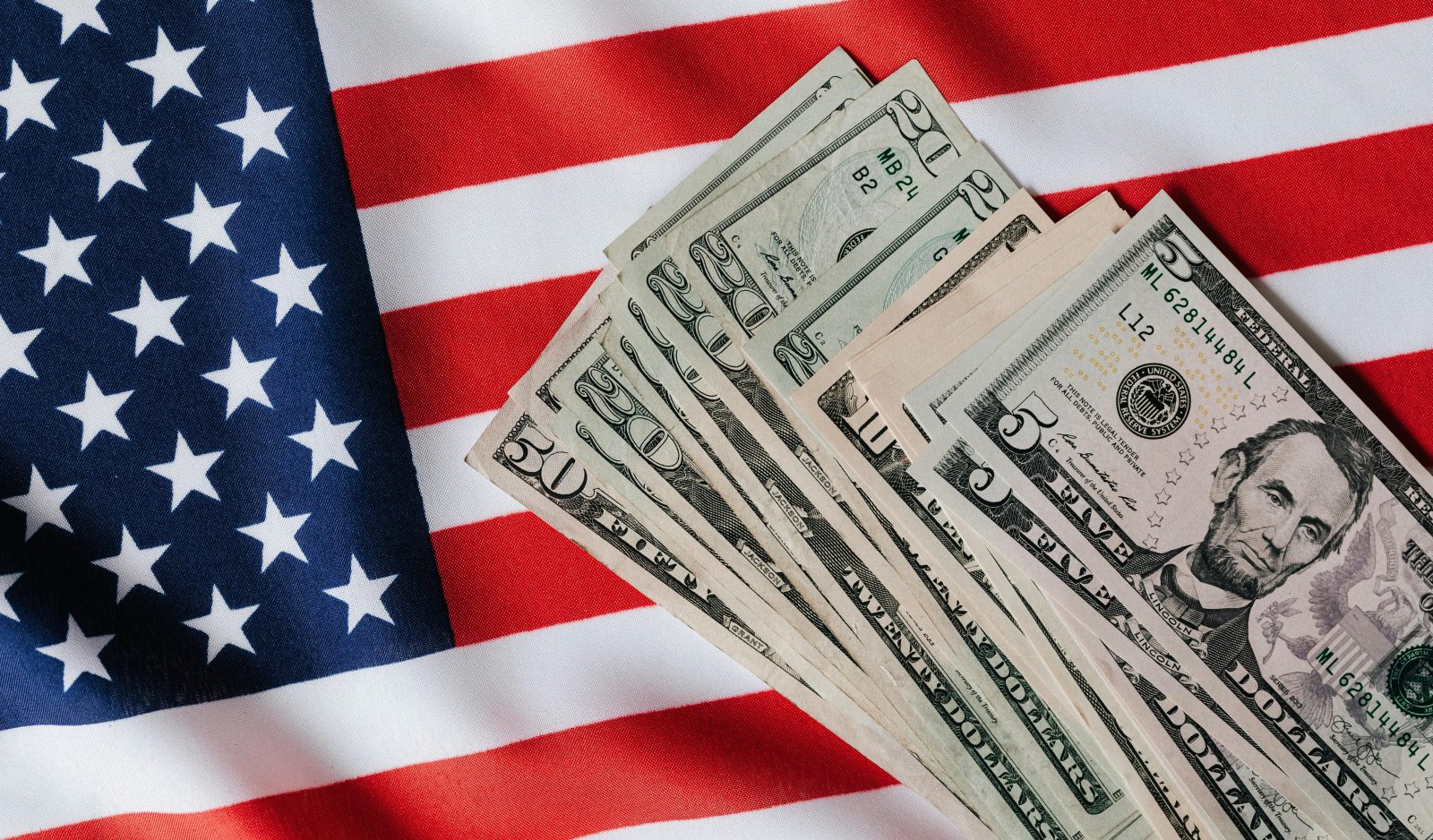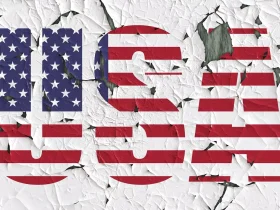The U.S. economy is a complex and dynamic system, driven by various components that work together to shape its growth and sustainability. From measuring its overall production with GDP to influencing trade, fiscal policy, and financial markets, the economy plays a vital role in the everyday lives of Americans and its position in the global market. Here’s a breakdown of the key elements of the U.S. economy and how they operate.
Gross Domestic Product (GDP)
GDP (Gross Domestic Product) measures everything produced within the U.S. economy. It’s a critical indicator of economic health. When GDP growth turns negative for two consecutive quarters, the economy officially enters a recession. Over time, if this contraction continues for years, it can lead to a depression—a much more severe economic downturn.
The U.S. economy relies heavily on consumer spending, which accounts for the largest share of GDP. Other essential components include business investments, government expenditures, and net exports. However, the global landscape has shifted, with China surpassing the U.S. as the world’s largest economy based on GDP. The U.S. now holds the second position, followed by India and Japan.
Supply and Demand
At the heart of the U.S. economy are the forces of supply and demand. Supply includes labor (reflected in employment levels) and natural resources like land, water, and oil. For example, oil prices directly affect 70% of gas costs, showcasing its impact on supply chains.
Demand, driven by personal consumption, constitutes nearly 70% of the economy. A significant portion of this demand arises during the holiday season, starting with Black Friday. However, economic challenges, such as rising unemployment and increasing poverty levels, have slowed demand growth in recent years. Today, around 38 million Americans are classified as poor or near-poor, a factor that continues to hinder economic progress.
Inflation vs. Deflation
Inflation occurs when demand outpaces supply, causing prices to rise. Its impact depends on whether wages keep up with the increasing cost of living. Unfortunately, inflation can be difficult to control once it begins, as it often leads to higher demand as consumers rush to buy goods before prices rise further.
Conversely, deflation occurs when prices fall, often during economic crises or asset devaluations like housing market crashes. While inflation erodes purchasing power, deflation can be even more damaging by stalling economic growth and creating stock market crashes. To monitor inflation, the U.S. government uses the Consumer Price Index (CPI) and the core inflation rate, which excludes volatile food and energy prices.
Fiscal Policy
Fiscal policy refers to the federal government’s $4 trillion budget, primarily funded through taxes. It influences the economy through spending decisions, which can stimulate, guide, or slow economic activity. However, only business growth can create long-term economic expansion.
The president drafts the annual budget, but Congress has the ultimate authority to approve government spending. For example, during the Great Recession, President Obama’s economic stimulus package was passed by Congress to revive economic activity.
When government spending exceeds revenue, it creates a budget deficit, adding to the national debt. Policies like tax rebates—based on supply-side economics—aim to stimulate the economy but often fail to offset the revenue loss. Debates over flat and fair taxes highlight the challenges of balancing fiscal responsibility and economic growth.
Monetary Policy
Monetary policy is managed by the Federal Reserve (the Fed), led by its chair, Jerome Powell. The Fed uses tools like the federal funds rate, money supply adjustments, and credit policies to control inflation, stabilize the banking system, and influence economic growth.
The Fed’s primary goal is to keep inflation in check while promoting a healthy economy. Its secondary goal is to ensure smooth functioning of the financial system. For instance, during the 2008 financial crisis, then-Fed Chair Ben Bernanke took aggressive measures to stabilize markets, earning him the title of Time’s Man of the Year in 2009. However, critics continue to debate whether the U.S. should return to the gold standard.
Trade Policy
Trade policy governs the cost of imports and exports by regulating agreements with other nations. Agreements like the North American Free Trade Agreement (NAFTA) have aimed to reduce trade costs and boost GDP. However, broader efforts like the Doha round of World Trade Organization talks have faced resistance, particularly from the U.S. and the European Union over agricultural subsidies.
Instead, the U.S. has pursued regional agreements like the Trans-Pacific Partnership (TPP) and the Transatlantic Trade and Investment Partnership (TTIP), which, if implemented, could become some of the largest trade deals globally. Exchange rates also play a critical role in trade by influencing the value of the U.S. dollar, which serves as the world’s reserve currency.
Financial Markets
The financial markets form the backbone of the U.S. economy, facilitating investments and economic growth. However, these markets can also create crises, as seen during the 2008 financial meltdown caused by unregulated derivatives tied to subprime mortgages. The collapse of insurers like AIG led to a global credit crisis, demonstrating the dangers of excessive risk-taking.
Investors navigate financial markets through instruments like stocks, bonds, and mutual funds. Stocks offer higher returns but carry more risk, while Treasury bonds are considered safer investments. Hedge funds and commodities trading offer even higher risks and returns, fueling ongoing debates about the need for stricter financial regulations.
The Dynamic Nature of the U.S. Economy
The U.S. economy is shaped by interconnected forces like GDP, supply and demand, fiscal policies, and financial markets. Understanding these components is crucial for interpreting economic trends and their impact on individuals and businesses. While challenges like inflation, trade disputes, and financial crises persist, the resilience of the U.S. economy continues to drive innovation and growth, cementing its position as one of the most influential economies in the world.
Reference : Kimberly Amadeo






